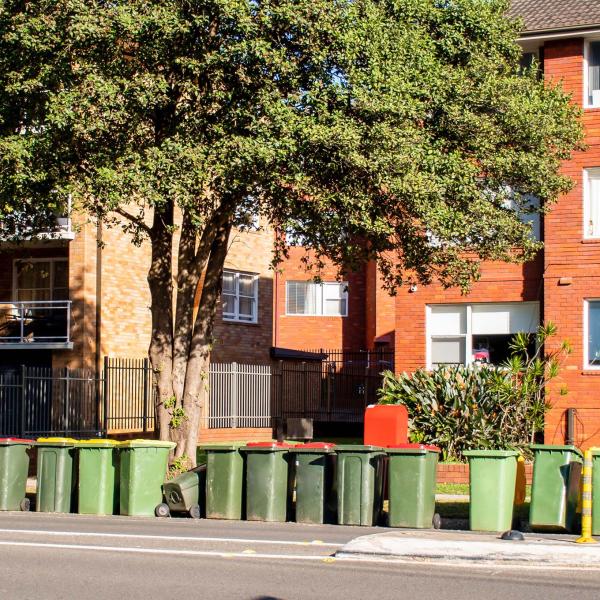Abstract
BACKGROUND:
Slow walking speed is associated with higher risk of accidents, disability, and mortality in older adults, with people in more disadvantaged socioeconomic positions being at higher risk. We explore the relationship between wealth and age trajectories of walking speed among older adults.
METHODS:
Data come from three waves (2002-2003 to 2006-2007) of the English Longitudinal Study of Ageing. We use latent growth curve models and aging-vector graphs to explore individual changes and average population age trajectories of walking speed by wealth among 7,225 individuals aged 60 and older.
RESULTS:
For someone aged 71 in the poorest wealth quintile, the baseline mean walking speed was 0.75 m/s, which decreased to 0.71 m/s 4 years later, whereas that of a person in the richest wealth quintile was 0.91 m/s, which decreased to 0.82 m/s. Although the decline in walking speed was faster among people in the richest wealth (net of covariates), the gaps in walking speed between richest and poorest did not close. Even after accounting for covariates, people in the richest wealth only reached critical values (0.60 m/s) of walking speed at the age of 90, whereas people in the poorest wealth reached that level 6 years earlier.
CONCLUSIONS:
Our findings showed continuing gaps in physical functioning by wealth, even among people with the same health, psychosocial, and demographic conditions. As wealth reflects both past and current socioeconomic status, the implications of our findings are that reducing socioeconomic inequalities at all stages of the life course may have a positive impact on functioning in old age.






